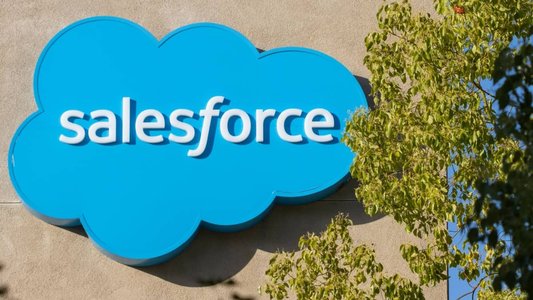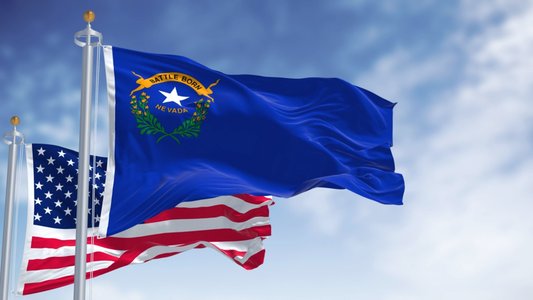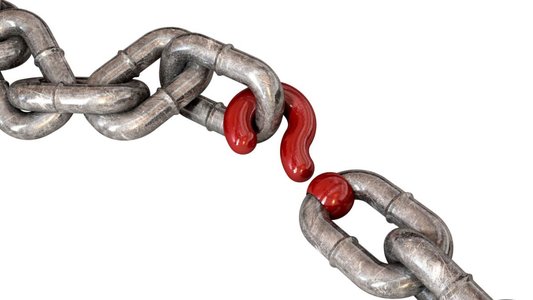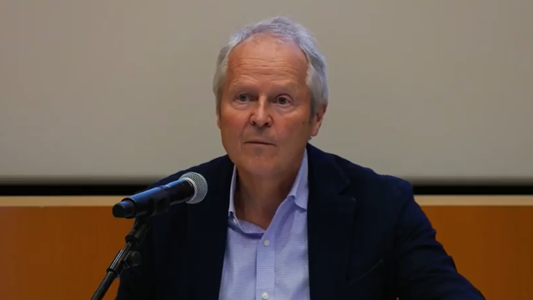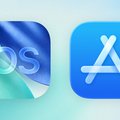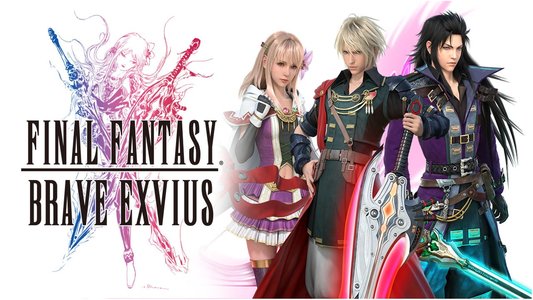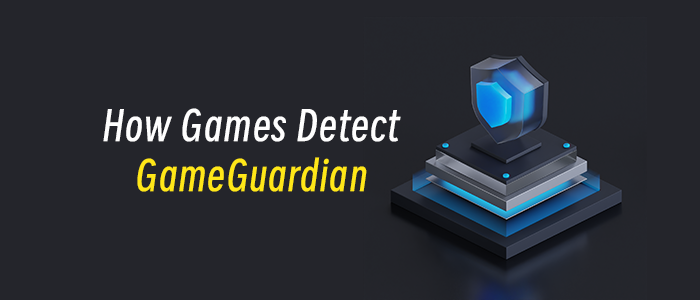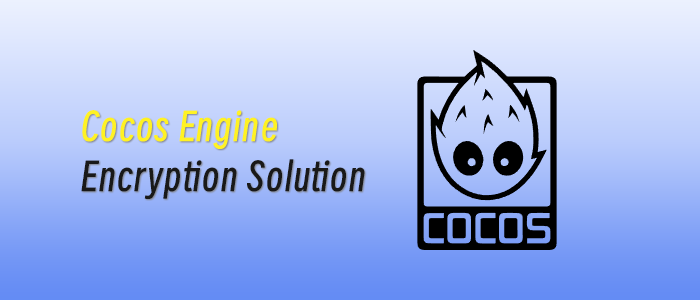[In this reprinted article from The Game Bakers' official blog, indie developer and Game Bakers co-founder Emeric Thoa looks at trends and sales data from the iTunes App Store to dispel some myths about indie development on iOS.] Eighteen months ago, when I left Ubisoft to start an independent game studio and focus on making my own games, I looked online a bit to get an idea of how much income I could expect to make as an indie. At Ubisoft I used to work on big AAA console games, and I had some figures in mind, but I knew they wouldn’t be relevant for my new life: $20M budgets, teams of 200 hundred people, 3 million sales at $70 per unit... I knew being an indie developer would be completely different, but I had very little information about how different it would be. Angry Birds had taken off, Plants vs. Zombies was already a model, Doodle Jump was a good example of success, and soon after I started my “indie” life, Cut the Rope was selling a million copies a week. But except for what I call the “jackpots,” there were very few public stories or numbers on the web, and this meant we were a bit in the dark when we started SQUIDS. I have been tracking figures since then, and I’m writing this article to share what I’ve learned with my fellow indie dev buddies who might be in the same position I was, a year and a half ago. The App Store myths In this article, I will present all of the postmortems and figures I’ve found interesting, and I will also explain how SQUIDS fits into the overall picture. But first, I would like to quickly give my opinion on few of the App Store myths you may believe if you’re not an experienced iOS developer. There are plenty of ways to view the App Store, but my point is that you might be a bit surprised by what the App Store really means in terms of money. Myth #1: There are so many iPhones and iPads out there that any decent game can make you rich. This is an easy mistake to make when you try to do the math with your dev buddy during a coffee break. “Okay, there are 200 million users on the App Store. You just need to reach 0.1% of them with a $1 app and you’ll make $200k!” My warnings:
A lot of iOS users don’t have a credit card. Think kids and teenagers with iPods, for instance. They just download free apps.
88 % of games downloaded are free. And when people say that Angry Birds has reached 200 million downloads, remember that this includes their Lite and Free versions. (I won’t cover freemium models in this post, but don’t expect freemium to be easy, either.)
Never forget Apple’s 30% cut. $200k = $140k in real life.
The point here is that the user base might be huge, but a lot of people never pay anything on the App Store, so don’t get blinded by the potential and stay rational. Myth #2: Making an iPhone game is fast and cheap Compared to making Assassin’s Creed or Red Dead Redemption, this one is actually true. Making an iPhone game shouldn’t cost $50M and take 4 years. (Well, neither should a console game, if you ask me.) But unless you’re aiming for a Doodle Jump clone, it’s still a bit of work. If you make it cheap, you’ll have a very small team (say 2 people), and it’ll take AT LEAST six months to get something polished out there. A quick estimate of an iOS game budget:
2 salaries x 6 months
A freelance contractor for sound design
A trip to GDC or some other event to meet journalists
Hardware to work on (a new computer, or a hard drive, or an iPad)
Some software licenses, because software devs need to earn a living, too
Maybe a website or a Dropbox account
You’ll do the QA yourself? All right then…
All in all, you can’t be serious about making games and “earning a living” out of it without at least a $40k budget. (And I’m really being cheap here; I think to be competitive today on the App Store you need $100k.) Myth #3: Updating your game will make your sales increase over time (also known as “the Angry Birds fairy tale”) This is probably the story that most people have heard and that everyone keeps telling you about at parties. When you tell someone you just made the move to become an indie and develop for iOS, they usually put an arm on your shoulder and say, “Hey man, it’s very different from the traditional game industry. Even if you fail at launch, if you keep updating the game it’s gonna take off eventually. You’ll earn more money after six months than during the first week after launch. Look at Angry Birds, man.” Well, this might have made some sense two years ago, but it’s not the case anymore—unless your launch fails. If you really mess up your launch but you keep pushing for the game, then it will probably get better, that’s true. But you don’t really want your launch to fail. There is a “launch effect” on the App Store, now more than ever. Your initial launch—along with special events like being featured by Apple, or promotions, or winning an award and getting some sweet coverage—that’s what will make your downloads go up. Content updates won’t (unless they are crash-fixes). Content updates like new levels are good to secure a user base and to build a community, but they don’t increase the user base. That doesn’t mean you shouldn’t do content updates, but don’t expect the wrong benefits from them. Myth #4: Being visible on the App Store just takes a good post on reddit or a good viral video Once you have a good game, the key to success is visibility on the App Store. Another tale I’ve been told many times (and that I actually wanted to believe) is that you can leverage big communities with a nice forum post or a cool and cheap video. I believe now that this is a waste of time. You can’t influence a community unless you've already been in this community for a long time. And viral videos suffer even more from the "jackpot syndrome" than the apps themselves, in the sense that you can’t at all predict if they will get 12 million views or 300 (although 300 is more likely). Just accept it: being visible will be a long and tough battle that you’ll have to fight from the day you start to code, to a year after the launch. Myth 5: Getting featured by Apple is completely random Some indie devs think getting featured by Apple is a bit of luck. I don’t think so. Sure, the guys at Apple are honest folks who showcase the games they like and think are quality products. But like any publisher, they have their editorial line and they manage risks.
They showcase games that match up with their main audience (meaning a good educational product for iPad has more chance of being featured than the 2412th endless runner game)
They showcase games that will sell more devices and use their latest features (if you can use the new iOS 6 feature, good for you)
They showcase games that come from reliable developers / publishers (if you previously published a millions-grossing app on iOS, good for you)
They showcase games from people they know personally (because even in 2012, real life relationships help you trust people)
It’s not random that Infinity Blade 2 was featured at launch: it comes from a well known publisher, it’s a sequel of a hit, it’s an iPhone 4 showcase app, and Chair/Epic have probably had beers with folks from Apple more than once. On a scale that’s more relatable to an indie developer, the same rules apply to Jetpack Joyride, coming from Fruit Ninja’s devs. Or Tiny Tower (the Pocket Frog devs). Or even Bumpy Road (the Cosmo Spin devs). The point is: if you are an indie with no publisher backing, if it’s your first game and if it doesn’t particularly show off the new features of the iPhone 5, you won’t get featured. The good news is, it’s actually a VERY GOOD THING that App Store featuring isn’t random. That means we can do what it takes to reach that goal. And now what? Knowing that the App Store is not a mine full of gold ready for the taking, there are still ways to earn a living with that dream job of being an indie game developer. So let’s take a look at who is successful on this distribution platform. The Blockbusters Exactly like in the console game industry, there are certain games that are simply too big to fail. Most of the time they are made by a small dev team but backed up by a big publisher, securing the Apple featuring, PR support, and press coverage. Here are a few examples with figures: Infinity Blade: developed by Chair and backed up by Epic. $10M in 7 months with 40% coming from iAP, according to Epic. In January 2012, the Infinity Blade franchise (1+2) reached $30M in revenue. Cut the Rope: developed by Zeptolab and backed up by Chillingo. They did everything they could to make it an Angry Birds killer (they even made a better game), but “only” managed to sell 3 million games in 6 weeks. Jetpack Joyride: developed by Halfbrick and backed up by Fruit Ninja’s notoriety. They had 350k downloads in a week and we know it was the star
No tags.





